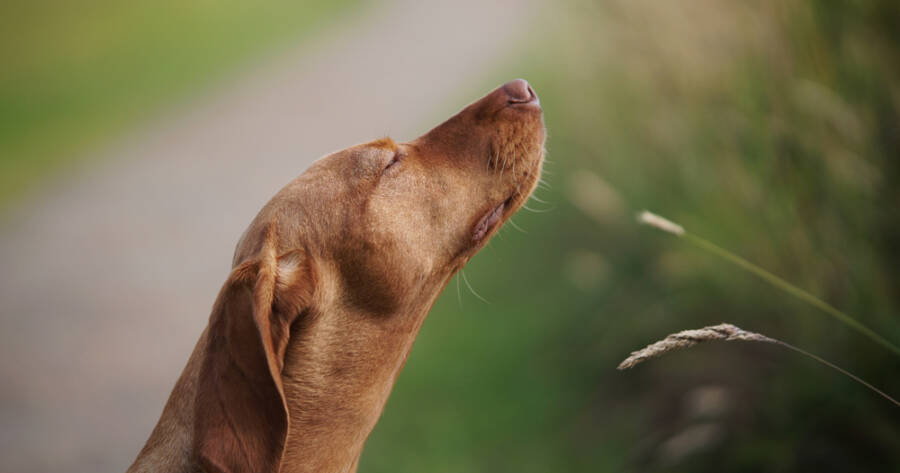Walks with dogs aren’t just about exercise—they’re about exploration. While many owners see walks as a chance to rack up steps, dogs experience them as sensory adventures. Every blade of grass, lamppost, and breeze carries information only their noses can decode. Allowing time for sniffing may feel unproductive, but it’s one of the best gifts you can give your dog. The secret is finding balance: making room for their curiosity while still meeting your own goals.
Why Sniffing Matters to Dogs
A dog’s sense of smell is astonishing—tens of thousands of times more powerful than ours. For them, sniffing isn’t a distraction; it’s how they process the world. A patch of grass can reveal who passed by, what they ate, and even how they were feeling. Walking without sniffing would be like scrolling past every headline without reading the story.
Letting your dog sniff supports their mental health. It provides enrichment, reduces stress, and satisfies instincts. A “sniffari,” as some call it, gives them the joy of being fully engaged in their environment—something that matters just as much as physical exercise.
Slowing Down Without Losing Movement
Many owners worry that stopping for sniff breaks will ruin their walk. But slow walks still offer physical benefits. Even a leisurely pace adds movement to your day, and the stop-and-go rhythm often feels refreshing compared to constant marching. Think of it as interval training—quick strides followed by pauses.
You can also adjust your expectations. Some walks can be about steps, while others focus on your dog’s enjoyment. Alternating between brisk walks and sniff-friendly strolls creates variety that benefits both of you. The key is remembering that not every outing needs to be the same.
Setting Boundaries That Work for Both
It’s okay to set limits. You don’t have to let your dog sniff every single patch of grass. Teaching cues like “let’s go” helps strike a balance between exploration and forward motion. Allowing designated sniffing zones—like a park or quiet side street—gives them freedom while keeping the walk structured.
Clear boundaries keep walks enjoyable rather than frustrating. Dogs quickly learn when it’s time to move and when it’s time to pause. The goal is compromise, not control—your needs matter too, and finding that middle ground strengthens the bond between you and your pet.
The Bond Built on Shared Walks
Walks are more than exercise—they’re bonding rituals. The time spent together, side by side, strengthens trust and connection. Allowing your dog to follow their nose communicates that you value their needs. Likewise, guiding them when it’s time to move shows you’re leading with care.
This give-and-take creates harmony. Over time, your dog becomes attuned to your rhythm, and you become more aware of theirs. Walks transform from routine outings into shared experiences—moments where you both get what you need in different but complementary ways.
Seeing Walks Through Their Eyes
When you slow down and let your dog sniff, you begin to see the world differently. That patch of grass isn’t just grass—it’s a storybook to them. Their joy in the small things can remind you to pause, notice, and appreciate your own surroundings. Walks become less about distance and more about presence.
Leaning into this perspective shift enriches both of you. Your dog gets fulfillment, and you gain a reminder of how joyful the everyday can be. In that way, a simple walk becomes a lesson in curiosity, patience, and living fully in the moment.
Walks That Nourish You Both
The joy of walking with a dog is found not in how far you go, but in how much you share. By allowing space for sniffing while still moving at a pace that suits you, walks become a win for both body and spirit.
Dogs find wonder in the smallest details, and when you give them that chance, they repay you with loyalty, joy, and connection. In the end, the best walks aren’t measured in steps; they’re measured in smiles and wagging tails.

